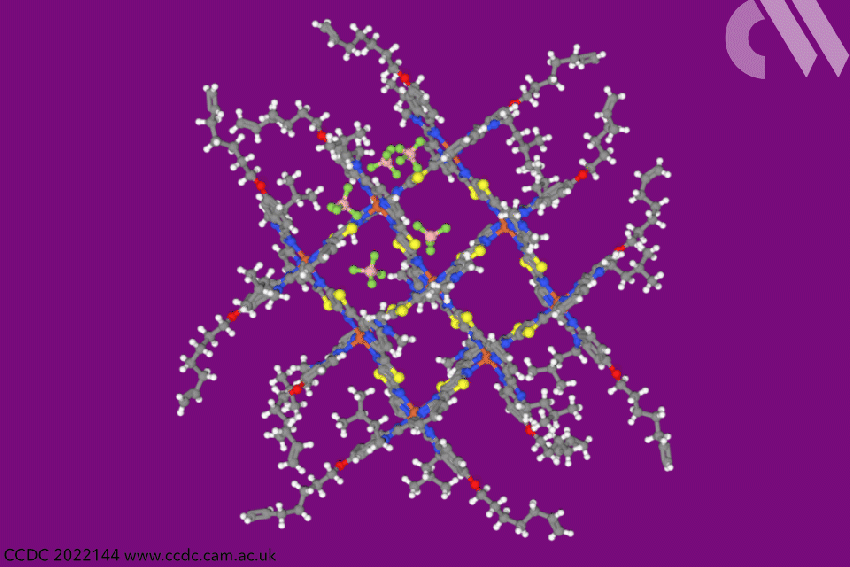
Chemists in the UK have made an endless molecular knot that incorporates seven crossings and more than 250 atoms. The knot resembles motifs seen in Celtic designs and Hindu and Buddhist symbols sometimes used to represent the combination of wisdom and method.
David Leigh’s team at the University of Manchester synthesised the structure using long, zig-zag-shaped ligands based on thiazoles. They had previously used similar structures in Solomon links and granny knots, and have now used them to create even more intricate designs.
Initially, six of the zig-zag ligands are coordinated across nine metal centres in a 3 x 3 grid. The ligands’ unique shape means that they weave in and out of each other across the grid. Metathesis reactions are then used to link the ends of the ligands to their nearest neighbours, completing the endless structure. A demetallation reaction frees the final structure, which contains seven intersections across a 258 atom long closed-loop.
Leigh’s team says that the findings could inform the ‘bottom-up, coordination-driven assembly of polymer chains woven in two dimensions’ as well as other knotted molecules and materials.
References
D A Leigh et al, Nat. Chem., 2020, DOI: 10.1038/s41557-020-00594-x
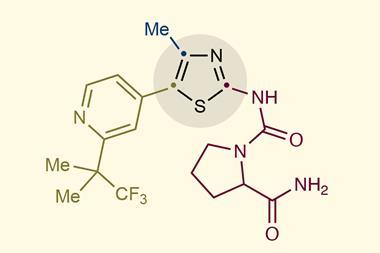
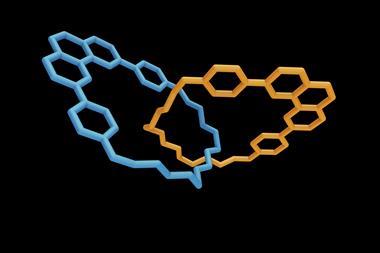
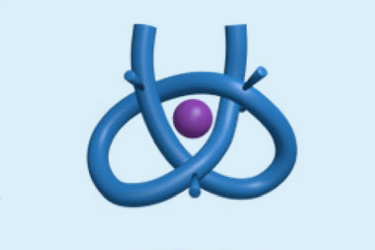
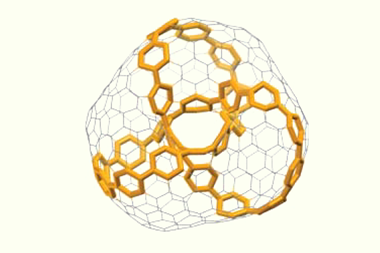
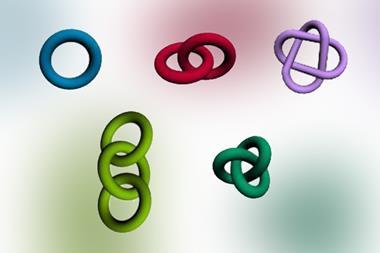







No comments yet